This Is India's Longest Bridge, Took 7 Years To Complete, Has Enough Steel To Build 6 Statue Of Liberty
)
The bridge has been named in honor of former Prime Minister Atal Bihari Vajpayee, recognizing his contributions to India's development and infrastructure growth.
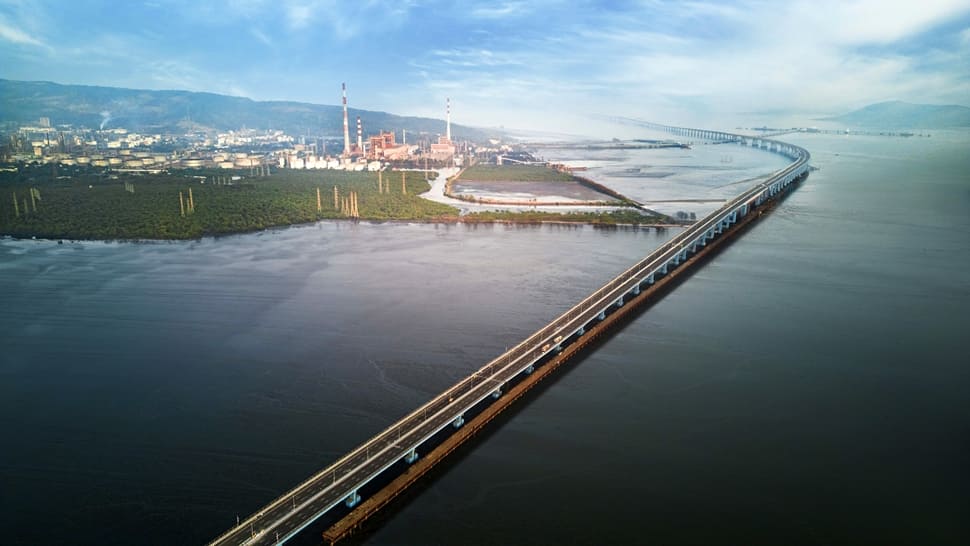
The foundation stone of the Mumbai Trans Harbour Link (MTHL), renamed as ‘Atal Bihari Vajpayee Sewri - Nhava Sheva Atal Setu’ was laid by Prime Minister Modi on December 24, 2016.
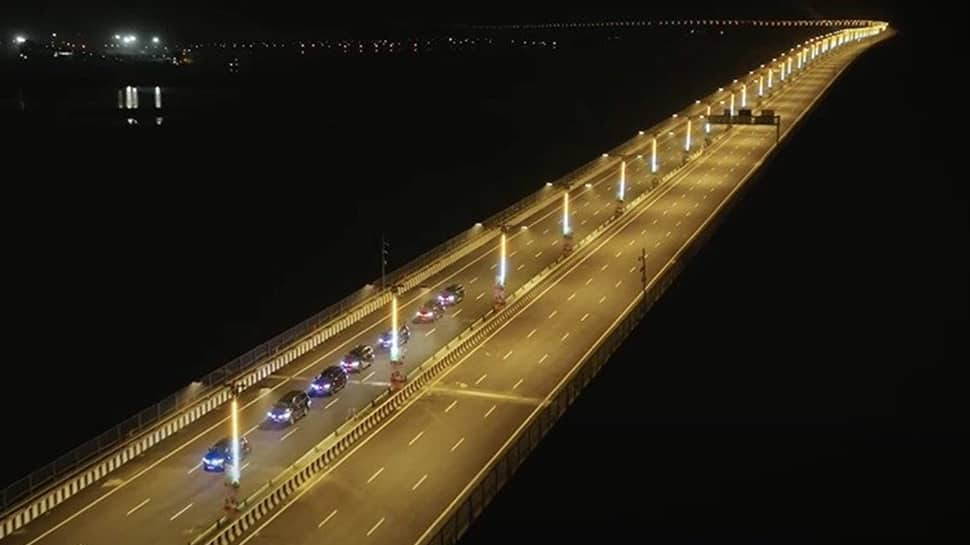
Atal Setu is the pride of India due to its size, ease of travel, engineers and scale. The steel used in the project is sufficient to construct 4 Hawara Bridges and 6 Statue of Liberty.
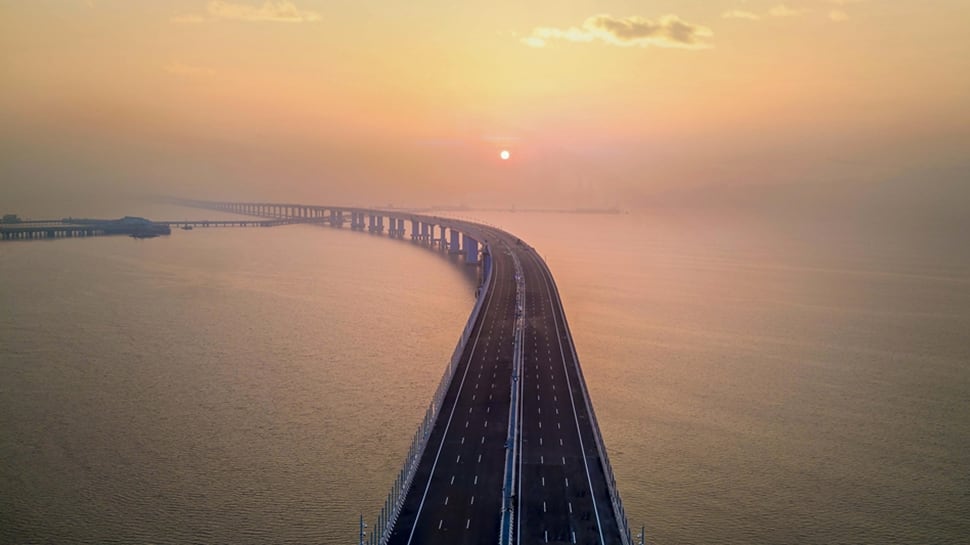
Despite the disruptions caused during the coronavirus pandemic, the Atal Setu was completed on time. It took seven years for the bridge to be fully completed. The bridge was constructed with the help of Japan.

The construction of Atal Setu involved employing around 17,000 labourers and 1500 engineers while also creating employment opportunities in the transport and construction industries. It cost more than Rs 17,840 crore.
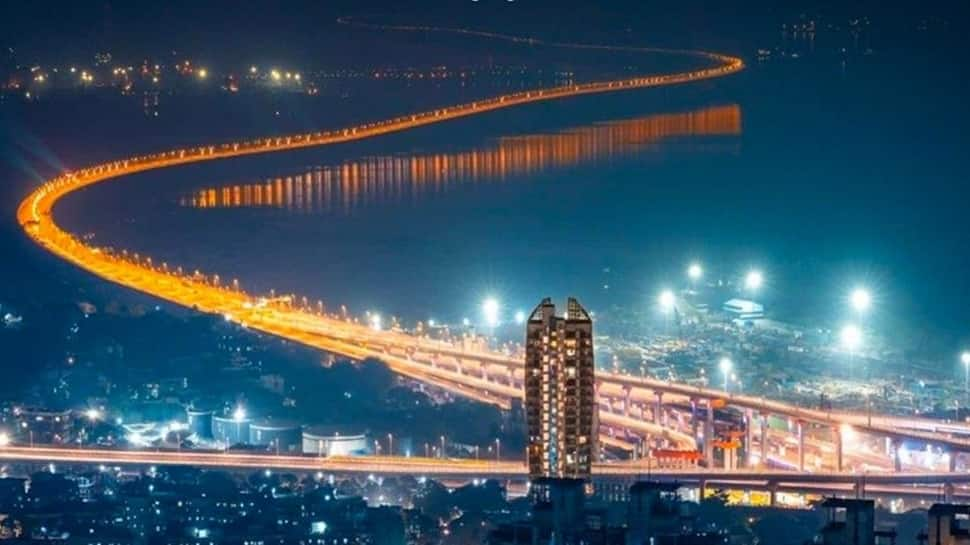
Atal Setu is a 21.8 km long 6-lane bridge having about 16.5 km length over the sea and about 5.5 km on the land. It is the longest bridge in India and also the longest sea bridge in India.
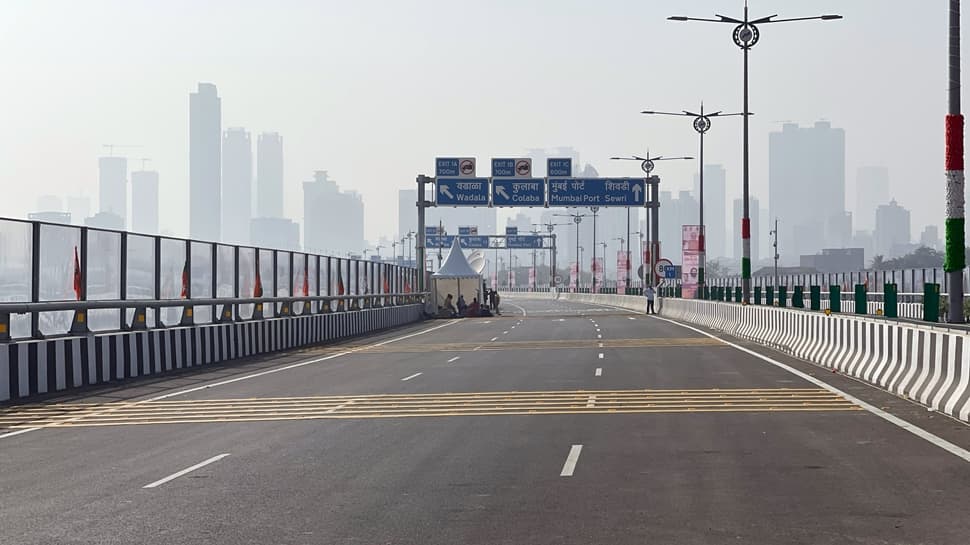
Atal Setu provides faster connectivity to Mumbai International Airport and Navi Mumbai International Airport and reduces the travel time from Mumbai to Pune, Goa and South India. It also improves connectivity between Mumbai Port & Jawaharlal Nehru Port.

